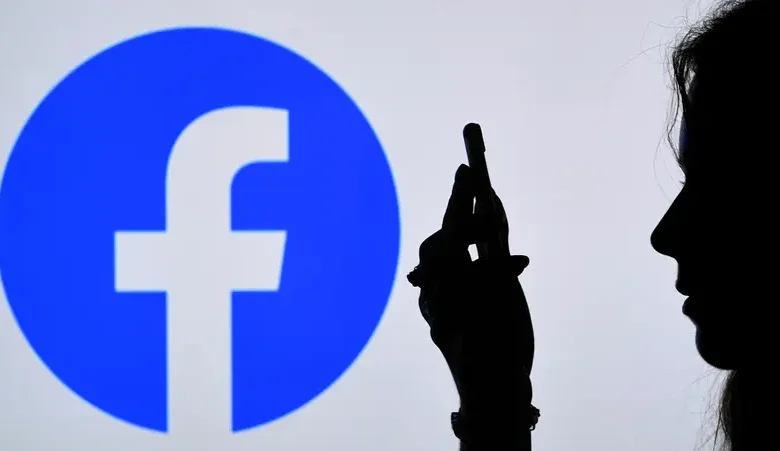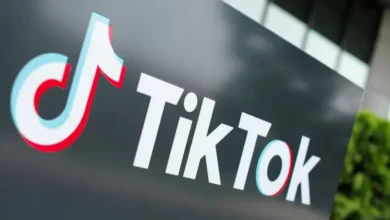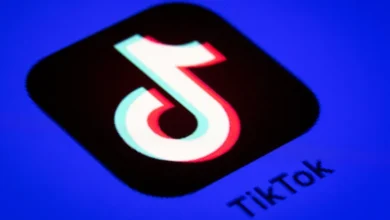When did Facebook start?

When social media started, it quickly changed the way we communicated digitally. Yet Facebook took it to a new level by transforming how millennials and Gen Z interacted online. They embraced the live feed, enjoyed posting on friends’ walls, and appreciated the ability to like posts and update relationship statuses.
For many, Facebook ushered in the golden age of social media. But despite its meteoric rise, Facebook had humble beginnings. This social media juggernaut started as an unassuming dorm room project and blossomed into a global phenomenon.
February 4, 2004: The Facebook is created
In 2004, Facebook launched, officially making its big debut as thefacebook.com.
Initially, the platform was only for Harvard students. The idea, championed by founder Mark Zuckerberg, was to digitize the popular student directory booklet “the face book” – a who’s-who of campus co-eds.
The platform was an instant hit, garnering over 1,200 users in the first 24 hours. Zuckerberg saw the potential for broader appeal and expanded “The Facebook” to students at Yale, Columbia, and Stanford. This expansion continued through 2004 and into 2005. Eventually, most US and Canadian universities were a part of the burgeoning community.
2006: Facebook opens to the general public
In August 2005, the company dropped “The” from its name, becoming simply “Facebook.” That year, Facebook began allowing high school students to join the platform, broadening its user base. It also became popular in corporate networks as a way for employees to connect.
In 2006, Facebook opened its platform to anyone 13 and up with a valid email address. This move transformed Facebook from a niche for students to a global media platform.
In 2006 and 2009 respectively, Facebook added additional features, including the News Feed and “like” button. These features further boosted user engagement and helped the platform climb to a million users.
2012: IPO and mobile revolution
Facebook’s initial public offering (IPO) was in 2012 and raised $16 billion. It was one of the largest in tech history, valuing the company at over $100 billion. The offering gave Facebook significant capital and solidified its position as a major player. As more users accessed Facebook with smartphones and tablets, the company needed to change its services to meet this demand.

One of the most notable actions was Facebook’s acquisition of Instagram for $1 billion. With Instagram, Facebook could tap into photo-sharing and social networking on mobile devices. Instagram’s simple interface and mobile-first design proved a great complement to Facebook’s social networking service. It helped Facebook expand its influence and made it more appealing to younger people using social media.
In addition, Facebook added new features for mobile users, including location-based services and mobile ads, which helped attract more advertisers. In 2012, just eight years after its debut, Facebook reached 1 billion users. Facebook’s prioritization of mobile development kept it soundly ahead of the competition.
2018: More users, more problems
As Facebook’s user base grew, so did concerns over data management. Facebook has long faced scrutiny and challenges over data privacy and misinformation. This was especially true after the Cambridge Analytica scandal in 2018.
Cambridge Analytica had taken data from millions of active users and used it without consent to help target political ads. This raised alarms about personal information and data security. In the wake of the scandal, Facebook made many changes to its privacy policies. These included more transparent data usage disclosures and stricter access controls for third-party apps.
2016: Fake news and Facebook
Launched in 2014, Facebook’s Trending Topics feature proved problematic for the platform. By nature, user-generated content can be unreliable. Yet this feature tended to amplify misleading or false information. This led to the proliferation of so-called “fake news” on Facebook. Fake news often includes made-up stories, altered images, and misleading headlines. It could be shared, liked, and commented on, helping spread lies and sway public views and actions.
By 2016, the prevalence of fake news on Facebook began to further erode public trust. It also drew concerns about its impact on the US democratic processes. The platform faced accusations of partisan bias. Critics argued that its algorithms favored sensationalist content, regardless of its accuracy.
Investigations found that entities tied to foreign governments used Facebook to sway public opinion and meddle in elections. They spread divisive content, created fake profiles, and used sophisticated ad targeting to sway voters.
2021: Facebook becomes Meta
In response to these multifaceted challenges, Facebook went on the defensive. It implemented more rigorous fact-checking protocols, recruited third-party organizations to verify the accuracy of content, invested in artificial intelligence (AI) to detect and remove fake accounts, and launched the Facebook Oversight Board. This board was tasked with reviewing content moderation decisions and upholding transparency and accountability.
Despite these efforts, the ongoing controversies highlighted the need for a more significant strategic shift.
In October 2021, Facebook Inc. rebranded itself as Meta, aiming to create distance from its troubled past and refocus public perception on its vision for the future.
The rebranding introduced the concept of the “metaverse,” a virtual-reality space where users can interact in immersive digital environments. This move signaled a significant pivot toward developing technologies combining physical and digital experiences. In typical Facebook style, it’s ambitious goal of shaping the next frontier of online interaction.









